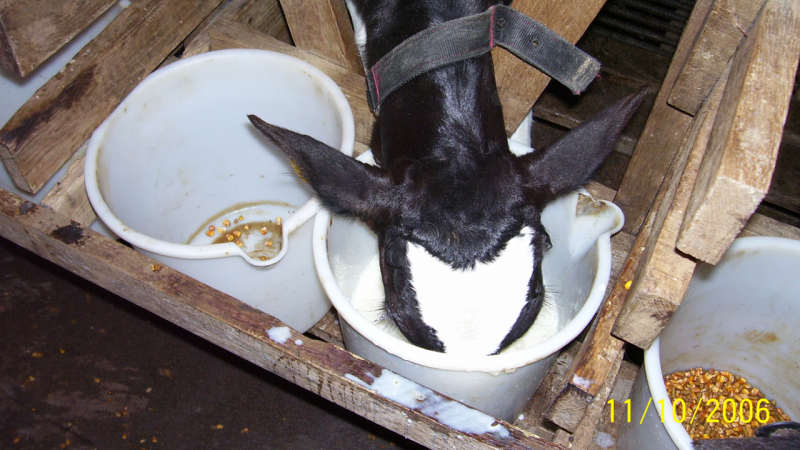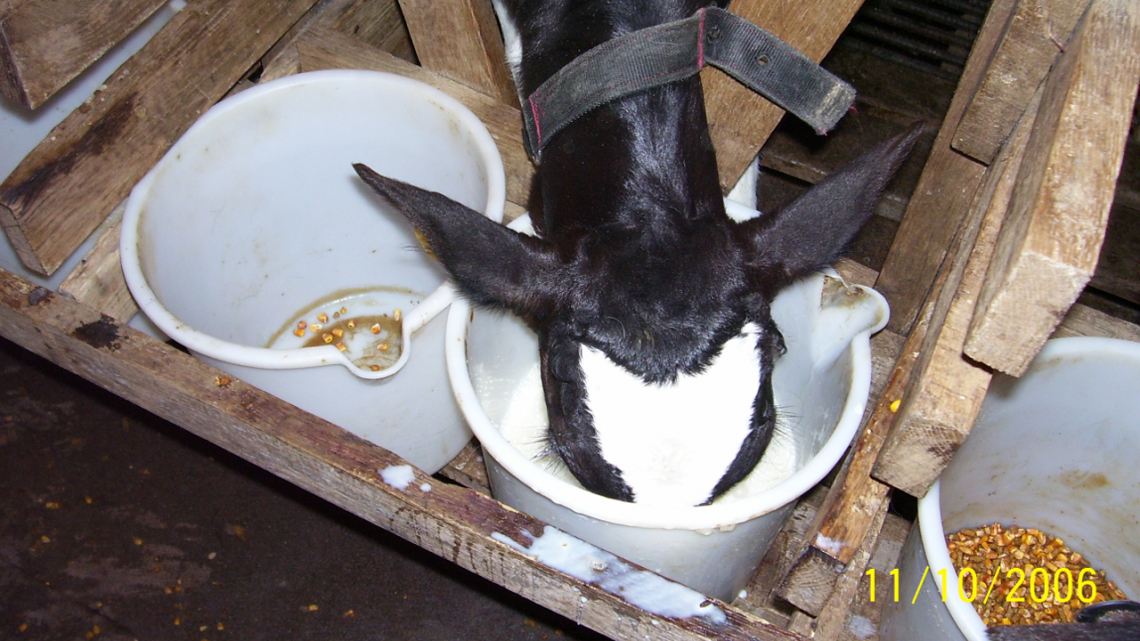


Calves were individually housed in 1-m 2 individual stalls for the milk feeding period however, after weaning on d 57, the calves were commingled within the same group of 5 consecutive calves that were individually housed preweaning (as described below). Calves were sourced directly from local dairy farms, order buyers, and auction facilities in Ontario.

Male Holstein calves, estimated to be between 5 and 14 d of age, arrived in 4 successive batches of 80 animals 21 d apart and were placed in a separate, mechanically ventilated, climate-controlled room within the facility where they stayed for the duration of the study. This facility was selected because of the availability of research technicians and ability to monitor the outcomes of the trial.
Animix llc juneau trial#
This randomized clinical trial was conducted between February and June 2020 at Mapleview Agri Ltd., a grain-fed veal facility used for commercial milk replacer and additive research located in southwestern Ontario, Canada. In this study, an MR composed of either 5% or 10% spray-dried porcine plasma performed comparably to a whey protein–based MR. No differences were found between groups with respect to feed conversion. Over the entire experimental period, calves gained 67.0 ± 14.9 kg however, no differences in growth among groups were noted, with the exception that, on d 77, BW was greater for calves in the control group (115.8 ± 15.5 kg) compared with those fed a MR with 5% porcine plasma (113.4 ± 17.8 kg).

Although there was a high incidence of respiratory disease (65%), no differences were found between groups. No differences in mortality or incidence of diarrhea were noted between groups. Time to mortality and medical treatments were analyzed using survival analysis, health scoring data were analyzed using a generalized linear model, and growth was evaluated using a mixed repeated-measures linear regression model. Calves were health scored twice daily, and any medical treatments or mortality were recorded. All milk was offered individually via bucket twice daily, and refusals were recorded following milk feeding by weighing back the remaining unconsumed milk solution. Remaining grain was discarded and was replaced with fresh grain that was weighed and recorded. Grain was fed ad libitum, and remaining grain was weighed weekly to determine weekly consumption. Calves were individually weighed upon arrival, weekly through d 56, and at d 77. Calves were also offered a 20% CP texturized calf starter from d 0 to 56 and then transitioned over 7 d (d 56–62) of a 50% calf starter and 50% corn and pellet ration with 2% straw to a corn and pellet ration with 2% straw (18.1% CP) for the remainder of the experiment (d 63–77). Calves were housed in individual pens for the first 56 d of the experiment and offered, twice daily, a 26% crude protein (CP), 20% fat MR standardized using synthetic amino acids to 2.4% lysine, 0.8% methionine, and 1.6% threonine. Calves arrived at the research facility in 4 batches of 80 animals each and were randomly assigned to 1 of 3 groups: (1) MR composed of whey-based milk proteins (control group) (2) whey replacement of 5% spray-dried porcine plasma (replacing 15% of protein) or (3) whey replacement of 10% spray-dried porcine plasma (replacing 30% of protein). A total of 320 male Holstein calves weighing a mean (± SD) of 47.8 ± 4.1 kg were sourced from local dairy farms, auction facilities, and local order buyers. The objective of this trial was to compare the health and performance of calves provided high feeding rates of a whey-based all-milk-protein calf milk replacer (MR) with those fed an MR containing either 5% or 10% porcine plasma, which replaced, respectively, either 15% or 30% of the whey-based proteins in the MR formula.


 0 kommentar(er)
0 kommentar(er)
